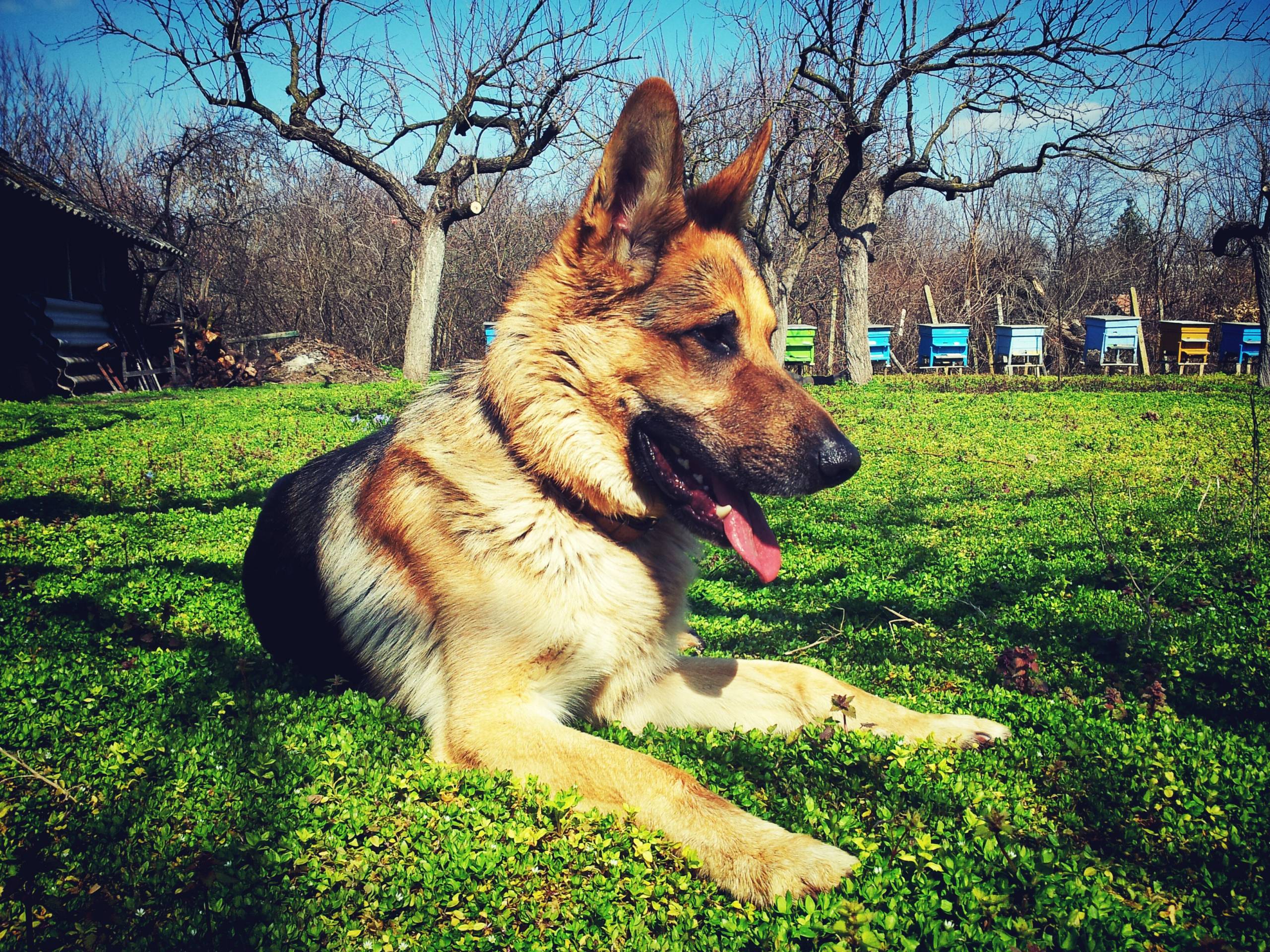
Understanding Your Dog’s Emotions
Dogs, much like humans, can experience a range of emotions. While they might not express themselves in the same way we do, they have their own unique ways of showing how they feel. When your dog looks sad, it’s essential to consider the potential factors that could be contributing to their mood. By understanding the reasons behind their demeanor, you can take steps to address any underlying issues and provide the support your pup needs.
Health Concerns
One of the first things to consider when your dog appears sad is their physical health. Dogs, just like us, can experience discomfort, illness, or pain that may not be immediately obvious. Since dogs can’t communicate their physical sensations in the same way humans can, their demeanor may be the only indicator that something is wrong. If your dog is displaying unusual signs of sadness, it’s crucial to schedule a veterinary check-up. Certain medical conditions, such as arthritis, digestive issues, or even dental problems, could be causing your dog to feel under the weather. By addressing any potential health concerns, you can help your furry companion feel better both physically and emotionally.
Changes in Routine
Dogs thrive on routine and familiarity. Any significant changes in their daily schedule or environment can lead to feelings of anxiety or sadness. Have there been recent disruptions in your dog’s routine, such as a change in your work schedule, moving to a new home, or the addition of a new family member? These changes can impact your dog’s emotional well-being. It’s essential to provide reassurance, stability, and extra attention during times of transition. By gradually reintroducing a structured routine and offering plenty of positive reinforcement, you can help your dog adjust and feel more secure in their environment.
Emotional Bonding
Believe it or not, dogs can pick up on our emotions. If you’ve been feeling stressed, anxious, or down, your pup might be mirroring those emotions. Dogs are incredibly empathetic creatures and can sense when something isn’t quite right with their human companions. Additionally, if your dog has experienced a significant change or loss, such as the passing of a family member or another pet, they may exhibit signs of sadness. In these situations, it’s crucial to provide extra love, attention, and comfort to help your dog navigate their emotions.
Environmental Stimuli
Just like humans, dogs can be sensitive to their surroundings. Loud noises, unfamiliar scents, or uncomfortable temperatures can all impact your dog’s emotional state. If your dog seems sad in specific environments or situations, take note of any potential triggers that could be causing distress. Creating a calm and soothing environment, providing a safe space for your dog, and gradually desensitizing them to any triggers can help alleviate their stress and improve their overall mood.
Supporting Your Dog
If you’ve noticed your dog looking sad, it’s essential to approach their emotions with empathy and understanding. By identifying potential factors contributing to their mood and taking proactive steps to address them, you can help your furry friend feel more content and secure. Remember, just as we rely on our loved ones for support during challenging times, our dogs also benefit from our care and attention. Whether it’s through regular veterinary check-ups, consistent routines, emotional bonding, or creating a comforting environment, there are many ways to support your dog and ensure their well-being.
In conclusion, it’s important to pay attention to your dog’s emotional cues and take proactive steps to address any signs of sadness. By understanding the potential reasons behind your dog’s demeanor and providing the necessary support, you can help them feel happier and more at ease. Our furry companions bring so much joy into our lives, and it’s our responsibility to return that love and care in kind.[/fusion_text]

